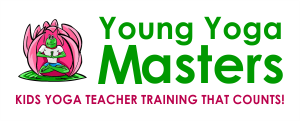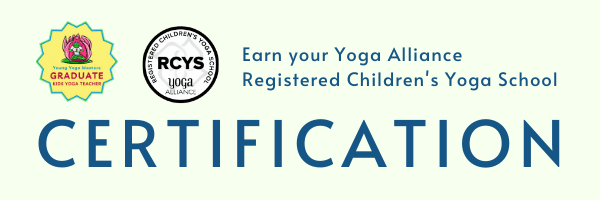
Photo by Kelly Sikkema on Unsplash
Last Saturday, for the first time in the hundred plus years of professional tennis, a Canadian won a Grand Slam Singles Championship. It was an event celebrated by Canadians across the world and also by us at Young Yoga Masters.
Nineteen year old Bianca Andreescu credited yoga and meditation as a big reason why she succeeded in achieving her goal of becoming a tennis champion. Even in the heat of competition, meditation helped her stay composed while facing home crowd favourite Serena Williams at the U.S. Open final.
Andreescu started meditating when she was 12 years old and she makes it a priority even now, every day. She took time out to meditate the morning of her U.S. Open victory.
In a press conference afterwards, she said:
“I wake up every morning and the first thing I do is I meditate…I think it really helps me get a good jump-start to the day. Not opening my phone or anything, not getting too overwhelmed… just to get in tune with my body, my mind. I visualize myself having a good day…I feel like a lot of people work on the physical part of things, but I think the mental part is the most important because it controls your whole body, right?”
Teen queen 💋#USOpen | #WomenWorthWatching pic.twitter.com/yKyucG6AtE
— US Open Tennis (@usopen) September 7, 2019
Keeping Focused Under Pressure
Staying focused is no easy task when you have to track a tennis ball served at 130 miles per hour and you have to return it with accuracy. Returning a serve is a crucial skill to develop.
In fact, being able to return a serve might be the most crucial skill you can develop as a tennis player. If you can’t return a serve properly, you’re never going to get a break point which means you’re never going to win a set or a match or a championship.
We heard tennis champion Andreescu say yoga and meditation help her return serves better.
There’s another area in which it’s really important to be able to return serves better.
Teaching kids literacy and life skills!
That’s right, the idea of serve and return has been identified by child development scientists as the key factor in developing literacy skills in children.
What is Serve and Return in Child Development?
Serve and Return in the context of child development refers to the practice of having real conversations with kids. Teachers (and parents) look for moments when a child might point something out or ask a question and we take that as a SERVE and use it as an opportunity to engage the child with a response which is the RETURN. The objective is to get a back and forth conversation going with the child in which they feel heard and understood. This exchange helps the child build language and life skills.
For example:
Serve (child): “I like dogs”
Return (adult): “Dogs are fun, what do you like about them?”
The adult can keep returning the child’s serve in a way that engages the child about dogs or animals or a family member who loves their dog.
Example returns:
It’s amazing the number of different dogs in world (conversation can extend to types of dogs)
Did you know wolves and dogs are related (conversation can extend to other animals)
Grandma and Grandpa sure do love their dog don’t they (conversation can extend to family life)
How to Notice a Child’s Serve
A child’s serve isn’t always verbal. Sometimes it’s physical. The Center for the Developing Child at Harvard University explains,
Is the child looking or pointing at something? Making a sound or facial expression? Moving those little arms and legs? That’s a serve. The key is to pay attention to what the child is focused on. You can’t spend all your time doing this, so look for small opportunities throughout the day—like while you’re getting them dressed or waiting in line at the store.
WHY? By noticing serves, you’ll learn a lot about children’s abilities, interests, and needs. You’ll encourage them to explore and you’ll strengthen the bond between you.
Child Development scientists have found that having conversations with children is a more effective way to improve literacy skills in children than just teaching them a bunch of words. When kids have conversations with caregivers their brains develop better and their literacy skills improve.
Teaching Kids Yoga Literacy Skills

In each Young Yoga Masters training we emphasize the importance of listening to children and talking with them and not to them or at them.
This follows from the yogic and mindfulness principles of compassion and empathy and understanding. We’re motivated to be kind and understanding to children because we want them to be kind and understanding too.
But it’s heartening to know that child development science is revealing this way of being with children, the serve and return method, also helps them gain literacy and life skills.
The fact that it might one day help them win a tennis championship is just an added extra bonus!
If you’re interested in using yoga to boost kids literacy skills, the Yoga Literacy Certificate is for you. The next training is the weekend of September 28-29, 2019 in Toronto. This weekend is the deadline for Early Registration Savings. If you’re interested, you can register here.

